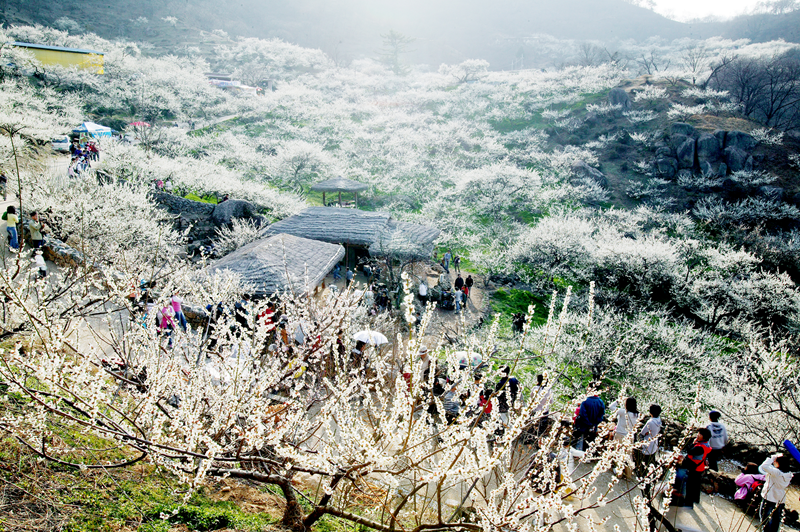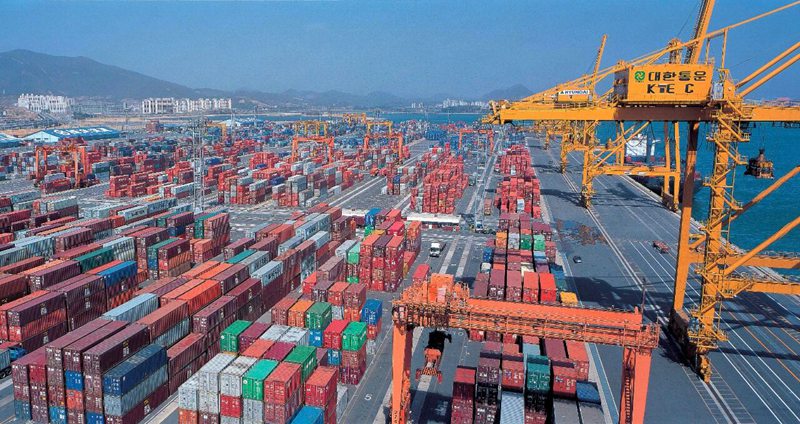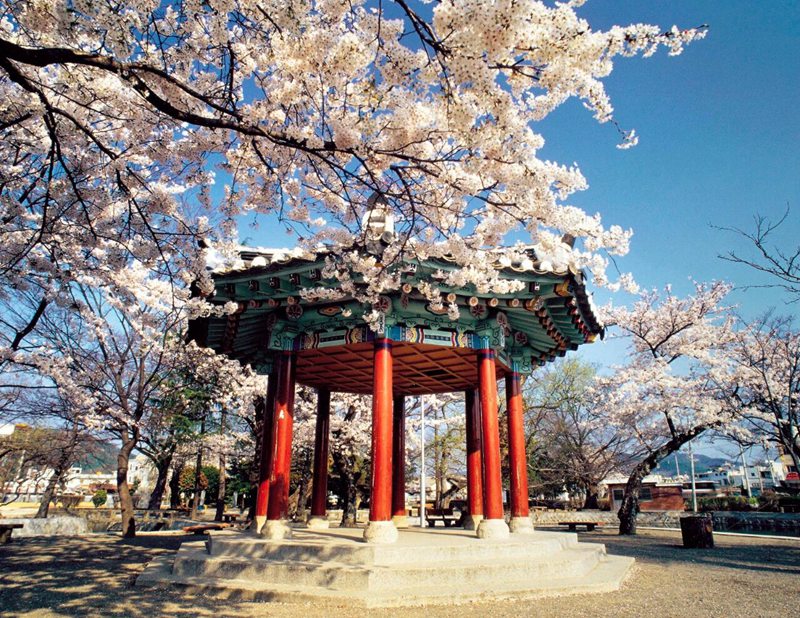
1、City Overview
Gwangyang is located in the center of the southern tip of the Korean Peninsula and is a strategic maritime location for South Korea. It is adjacent to Qiuli County to the north, Hedong County to the east, Shuntian City to the west, and faces Lishui Peninsula across Gwangyang Bay to the south. It is the central city of Gwangyang Bay and Jinzhou region. Gwangyang has a rare strong wind climate, and the water area maintains a constant temperature, providing unique conditions for port development.


Gwangyang covers an area of 464 square kilometers, with a planned urban area of 132.8 square kilometers, accounting for 30% of the total area of the city. The population is 150,000, with a population density of 309 people per square kilometer.
Zhiyi Mountain and Baiyun Mountain resist the northwest monsoon, and the warm current from the South China Sea has a significant impact on Gwangyang, which determines the warm and humid climate characteristics of it. Gwangyang is one of the cities in South Korea with the highest amount of sunshine.
In the mid-1980s, Gwangyang was still a typical rural area dominated by fishing, and the urbanization process was slow. After the construction of Pohang Gwangyang Steel Plant in the late 1980s, its development and progress were most significant in Korean cities. The Gwangyang Container Port with a water depth of 15 meters is located in the center of East Asia and has advanced facilities.
Gwangyang was designated as an economic special zone by the South Korean government in 2003 and is the city with the highest per capita GDP in South Korea.
2、Economic and industrial development
Gwangyang has developed industry and commerce, with Gwangyang Port, the second largest international port in South Korea, and POSCO Gwangyang Factory, the world's largest steel factory.
Gwangyang Port has four types of terminals, including container terminals, bulk cargo terminals, steel terminals, and crude oil terminals. There are a total of 99 berths, capable of accommodating a maximum tonnage of 300000 metric tons. The annual cargo throughput reaches 285 million tons, ranking 16th globally. Among them, the container terminal has 14 berths and can accommodate 18,000 TEUs, making it the world's largest container ship with an annual processing capacity of 3.84 million TEUs.

POSCO Gwangyang Steel Plant produces 21.45 million tons of crude steel annually, producing various products such as hot-rolled, cold-rolled, thick plates, wire rods, and automotive steel plates. Among them, the production of thick plates reaches 2 million tons, and the 5,300mm steel produced is the widest thick plate steel in the world; The production of automotive steel plates has reached 8.3 million tons, and the products are mainly marketed to Daimler Benz BMW、 Honda, Volkswagen and other automobile companies.
Gwangyang is vigorously building a high-end future industrial ecological environment (new materials, metal processing and heat treatment ecology, electric vehicle lithium battery recycling platform, etc.), and is committed to building a child and women friendly and happy city.

3、Highlights of Interactions with Shenzhen
Shenzhen and Gwangyang became friendly exchange cities in June 2000 and officially established friendly city relations in October 2004. The two cities have carried out substantive exchanges and cooperation in areas such as personnel exchanges, exhibitions, culture and art, and education.

The two cities once sent 18 civil servants to each other's cities for business exchanges lasting from one month to six months; Gwangyang once selected 5 college students to receive the Shenzhen Universiade Scholarship and come to Shenzhen University to study Chinese for one year, which became a model for sister city exchanges.
In November 2016, at the China International Friendship City Conference held in Chongqing, Gwangyang won the "China Friendship City Exchange and Cooperation Award", and the mayor of Gwangyang went to Chongqing to receive the award.
In May 2021, Gwangyang officially confirmed its participation in the World Innovation City Cooperation Organization initiated by Shenzhen.
City Link
Government official website: www.gwangyang.go.kr
Travel website: www.gwangyang.go.kr/tour_culture

